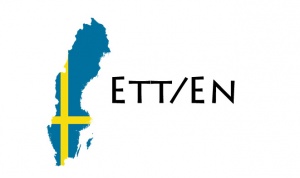Difference between revisions of "Language/Swedish/Grammar/When-use-Ett-or-En"
Jump to navigation
Jump to search
m (Vincent moved page Language/Swedish/Grammar/Nouns to Language/Swedish/Grammar/When-use-Ett-or-En) |
|
(No difference)
| |
Revision as of 13:57, 31 October 2016
INDEFINITE FORM
In Swedish we have two words to choose between when we want to write about nouns in indefinite form: En or Ett.
For example:
Ett bord = A table
En hund = A dog
Ett äpple = An apple
En skola = A school
COMMON MISTAKE
En (Swedish article) = An (English article)
Ett (Swedish article) = A (English article)
This is not true. There is no grammatical rule to know when to use En or Ett, you just simply have to learn them.
DEFINITE FORM
When we want a noun to be in definite form we add a suffix to the noun; -en, -n or -et.
For example:
Ett bord = Bordet
En hund = Hunden
Ett äpple = Äpplet
En skola = Skolan <-- Here we just add -n since the word already ends with a vowel.
As you might have noticed, you can know which suffix to use by looking at the indefinite article.
If it's an "En-word", the suffix is -en or -n.
If it's an "Ett-word", the suffix is -et.
